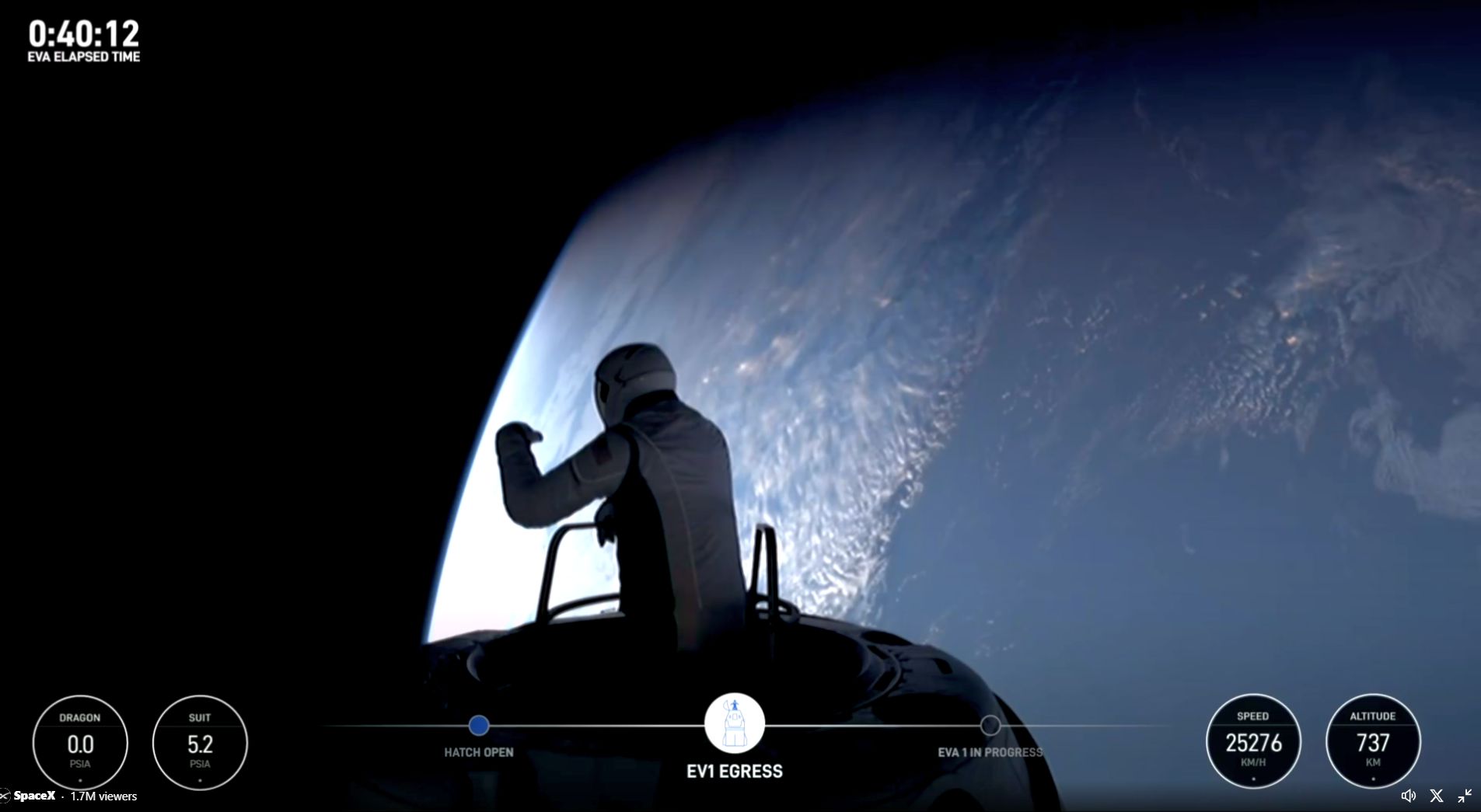President-elect Donald Trump announced Wednesday he has selected Jared Isaacman, a billionaire businessman and space enthusiast who twice flew to orbit with SpaceX, to become the next NASA administrator.
"I am delighted to nominate Jared Isaacman, an accomplished business leader, philanthropist, pilot, and astronaut, as Administrator of the National Aeronautics and Space Administration (NASA)," Trump posted on his social media platform, Truth Social. "Jared will drive NASA’s mission of discovery and inspiration, paving the way for groundbreaking achievements in space science, technology, and exploration."
In a post on X, Isaacman said he was "honored" to receive Trump's nomination.
"Having been fortunate to see our amazing planet from space, I am passionate about America leading the most incredible adventure in human history," Isaacman wrote. "On my last mission to space, my crew and I traveled farther from Earth than anyone in over half a century. I can confidently say this second space age has only just begun."
Top officials who served at NASA under President Trump and President Obama endorsed Isaacman as the next NASA boss.
"Jared Isaacman will be an outstanding NASA Administrator and leader of the NASA family," said Jim Bridenstine, who led NASA as administrator during Trump's first term in the White House. "Jared’s vision for pushing boundaries, paired with his proven track record of success in private industry, positions him as an ideal candidate to lead NASA into a bold new era of exploration and discovery. I urge the Senate to swiftly confirm him."
Lori Garver, NASA's deputy administrator during the Obama administration, wrote on X that Isaacman's nomination was "terrific news," adding that "he has the opportunity to build on NASA's amazing accomplishments to pave our way to an even brighter future."
Isaacman, 41, is the founder and CEO of Shift4, a mobile payment processing platform, and co-founded Draken International, which owns a fleet of retired fighter jets to pose as adversaries for military air combat training. If the Senate confirms his nomination, Isaacman would become the 15th NASA administrator, and the fourth who has flown in space.





 Loading comments...
Loading comments...
